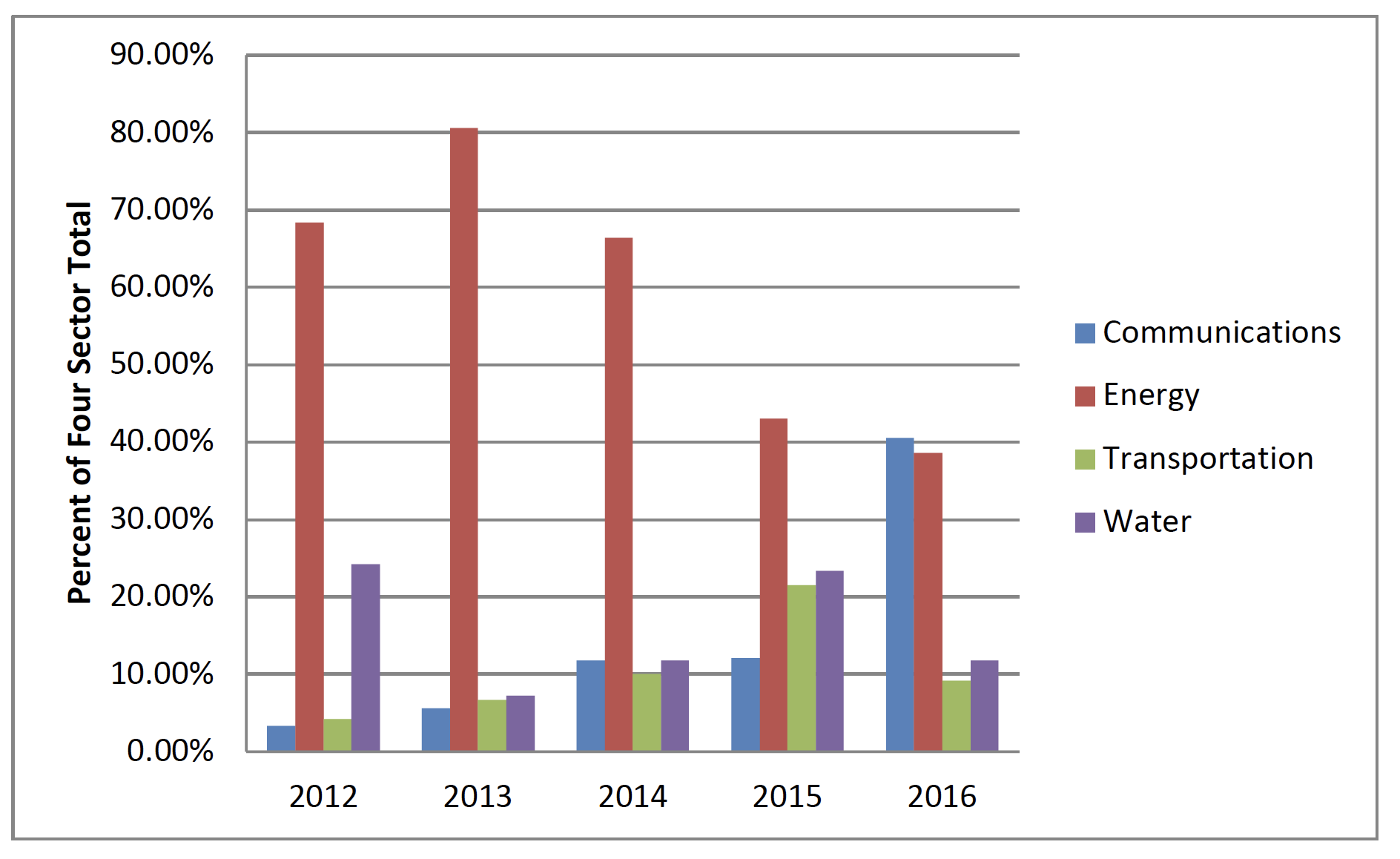Developing Secure Strategies for Vehicular Ad Hoc Networks in Connected and Autonomous Vehicles
Overview
A Vehicular Ad Hoc Network (VANET) is a significant innovation toward avoiding such deadly traffic accidents that use a variety of state-of-the-art safety applications that integrate physical systems and user attributes. A VANET is a self-organized, multi-purpose, service-oriented communication network enabling vehicle-to-vehicle (V2V) and vehicle-to-roadside infrastructure (V2I) communication for the purpose of exchanging messages to ensure an efficient and comfortable traffic system on roads. However, VANETs are potentially susceptible to cyberattacks.
This research will focus on false data injection attacks, in which a malicious agent aims to affect the behavior of vehicles in the network by injecting false information about, for example, the traffic condition in the area or the availability of charging stations. Countermeasures will be developed using the anomaly identification techniques based on learning and detection algorithms. The approach aims to develop security game frameworks for vehicular networks that model the interaction between attackers and various defense mechanisms.
Research Objectives
The objective of this work is to provide an attack-resilient framework for connected and autonomous vehicles against malicious attacks that can cause failures and/or disruption of service in both transportation and information networks and the interactions among them. In particular, the goal of this project is to enable the system to satisfy stricter system safety and performance requirements, increasing tolerance against attacks and enabling lesser degradation under disruptive attack scenarios. The research team aims to:
- Develop a suitable algorithm to fuse the data collected from the other CAVs in the network in order to produce a reliable estimation of the traffic evolution in the area
- Design a control logic that uses the outcome of the sandbox simulation to distinguish between good and malicious data
- Design mitigation measures and analyze how they increase the resilience of the transportation systems against the impacts of cyber intrusions
The deliverables for this project include:
- Outreach plan and initial stakeholder meeting
- Report on risk analysis methodology for CAVs
- Algorithms and data for cyber monitoring and detection of CAVs
- Report on resilient multi-model planning for mitigation
- Final report and workshop

| Principal Investigator | Quanyan Zhu, NYU |
| Funding Source | C2SMART |
| Total Project Cost | $60,000 plus matching funds of $30,000 |
| 69A3551747124 | |
| Start and End Dates | 03/01/2019-05/31/2020 |
| Implementation of Research Outcomes | Research outcomes will be provided in a number of different ways. First, as indicated in the “agency and industry partners” and “outreach” sections) a large number of organizations and individuals who are potential users of the results will provide contact points for dissemination. Second, conferences, meetings, and other venues will also enable the researchers to disseminate and demonstrate their findings, and engage users through an initial meeting and a workshop. Third, technology transfer will be an important part of outreach, and will be accomplished through the development of a data source and research repository, guide and demonstration outline for transfer. |
| Impacts/Benefits of Implementation | The benefits and impacts of implementation include providing decision-makers and users of CAVs with tools to protect against the effects of cyber intrusions. |






